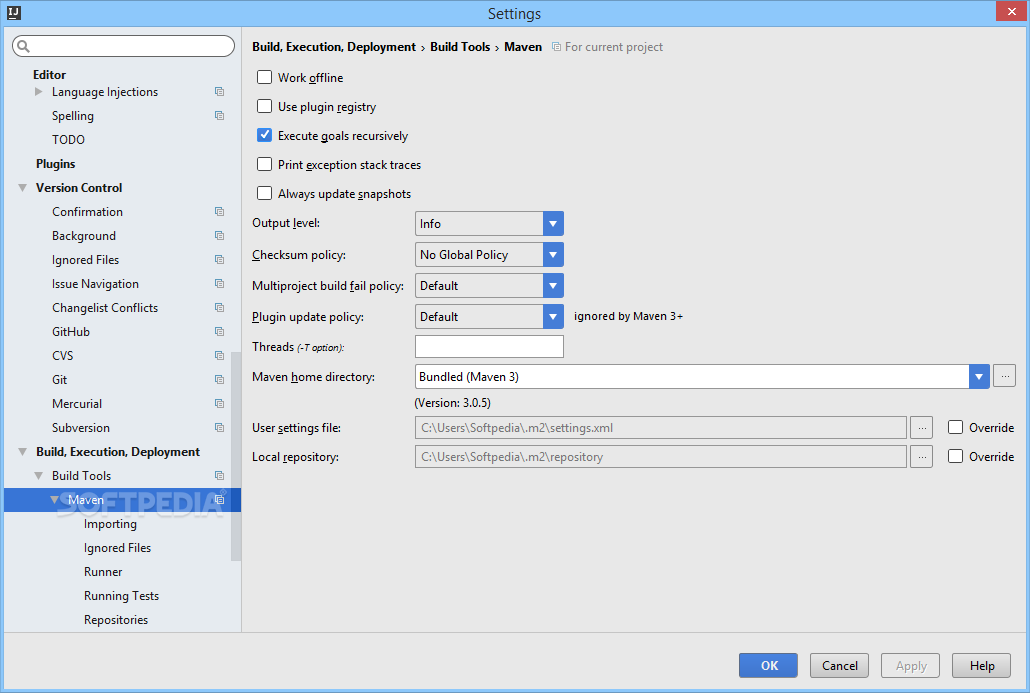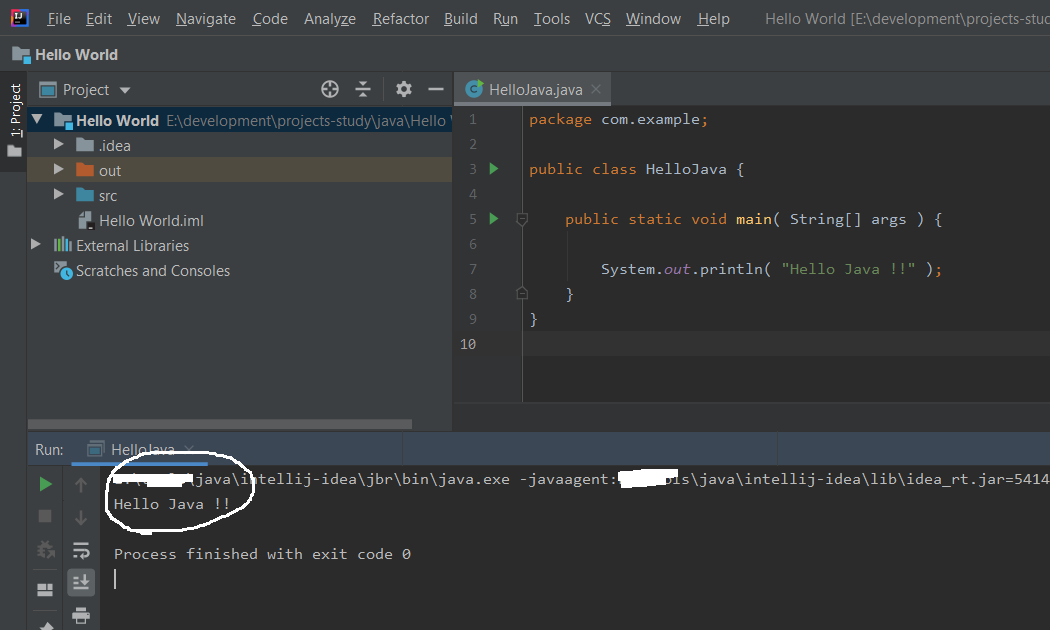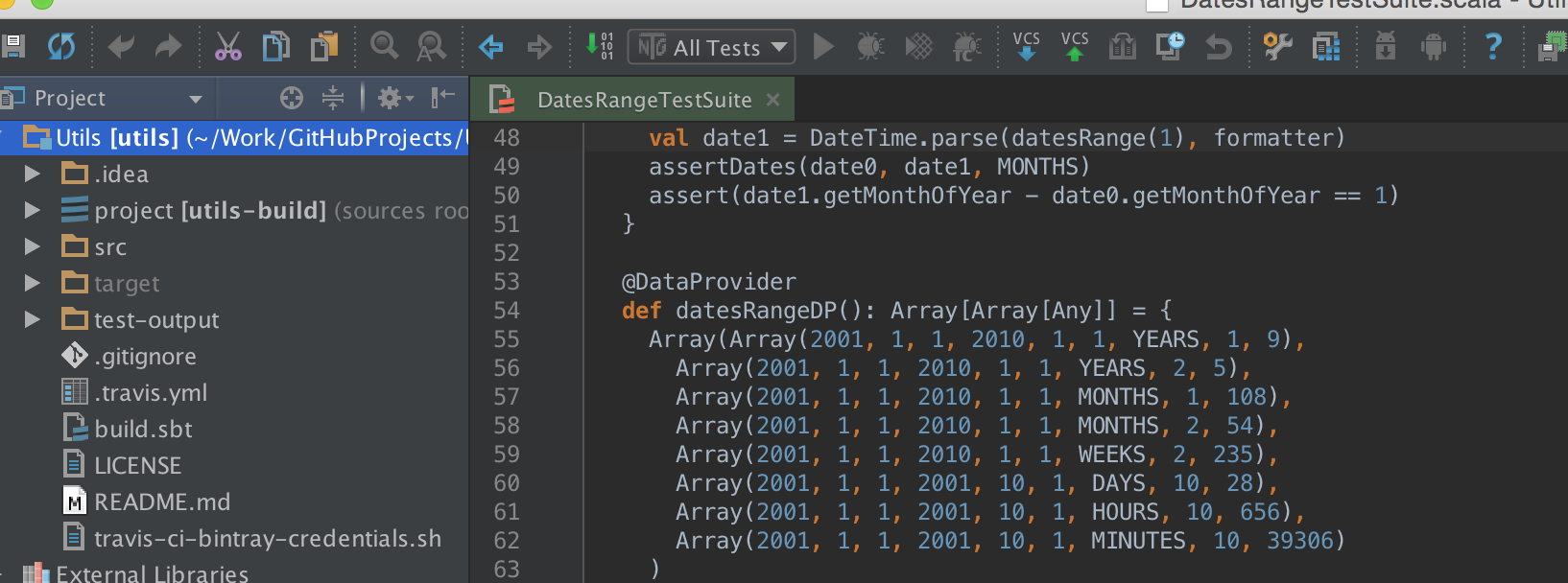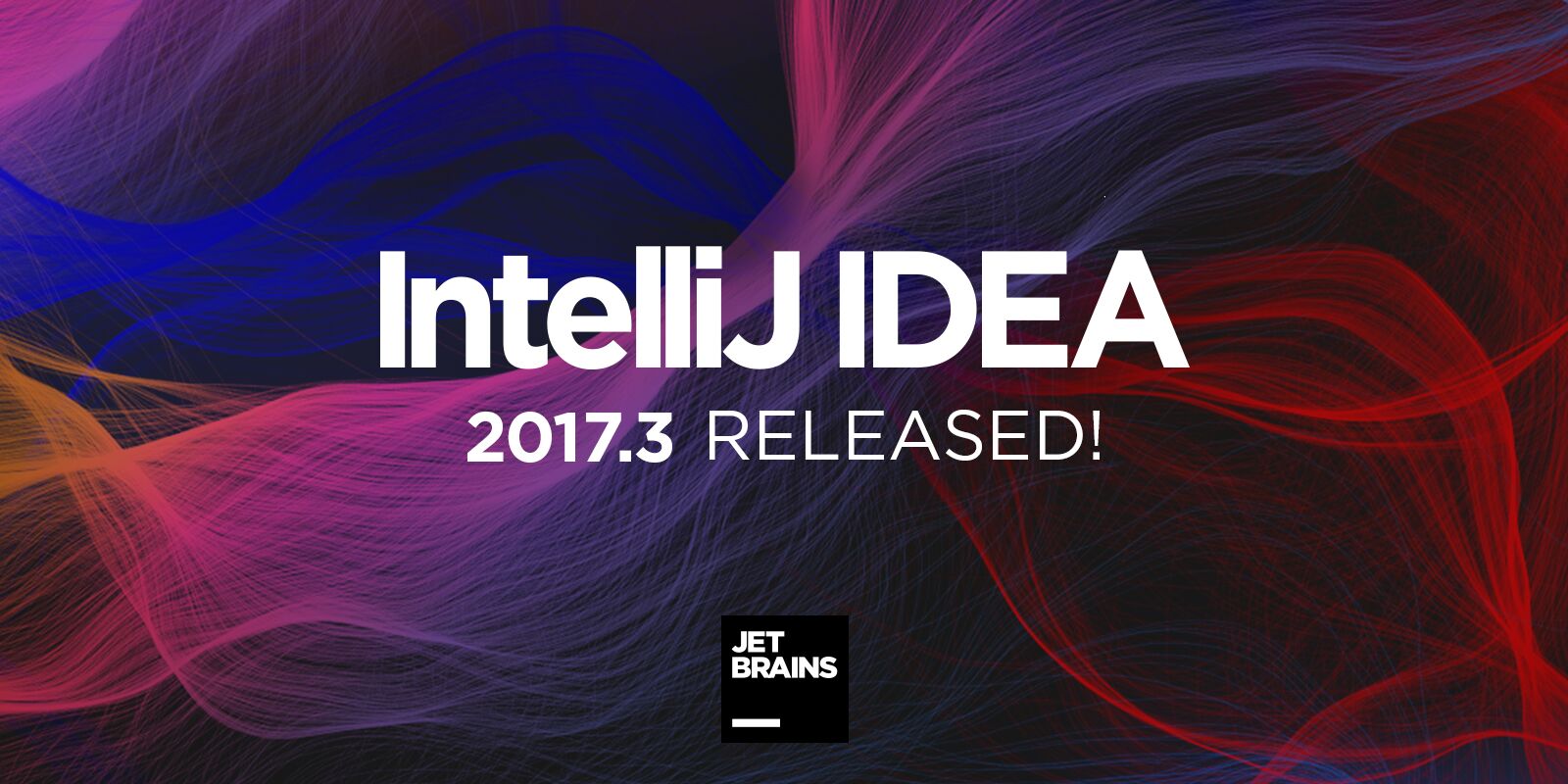

If you don't have the necessary JDK on your computer, select Download JDK.Įnable the Add sample code option to create a file with a sample "Hello World!" application. If the JDK is installed on your computer, but not defined in the IDE, select Add JDK and specify the path to the JDK home directory. For Gradle, choose a language for the build script: Kotlin or Groovy.įrom the JDK list, select the JDK that you want to use in your project. If you want to create a more complex project that needs further configuration, select Maven or Gradle. It's a native builder that doesn't require downloading additional artifacts. You will be able to do it later at any time. Select the Create Git repository checkbox to place the new project under version control.

Name the new project and change its location if necessary. In the panel on the left, select New Project. In IntelliJ IDEA, select File | New | Project. To get started, first download and install the latest version of IntelliJ IDEA. If there are any issues that this release doesn’t resolve, please report them to our issue tracker.This tutorial demonstrates how to use IntelliJ IDEA for creating a console application. įor the full list of issues we’ve addressed, take a look at the release notes.


Fixed Maven multi-module recognition in WSL 2.Fixed the issues causing the file type setting to be reset when the IDE restarted.Fixed the behavior of the Ctrl+Shift+←/→ shortcuts: they now correctly extend the text selection before or after the caret.Here is a list of the most significant fixes included in IntelliJ IDEA 2021.2.1: It is also available for download from our website. Our first bug-fix release for IntelliJ IDEA 2021.2 is here! It both addresses a variety of issues and adds basic support for Java 17.ĭon’t hesitate to get the new version, either from inside the IDE, with the Toolbox App, or by using snaps for Ubuntu.


 0 kommentar(er)
0 kommentar(er)
